From the Archives: 3-year-old Kathy Fiscus falls into abandoned well
- Share via
On April 8, 1949, Kathy Fiscus, 3, fell into an abandoned well in San Marino. The resulting rescue attempt gripped Southern California. Television stations KTLA and KTTV broadcast live coverage of the rescue efforts.
In a Nov. 4, 1999, Los Angeles Times article, Patt Morrison reported:
It was an hour or two before dinnertime when Kathy Fiscus, her older sister and two cousins were scampering through an open field in San Marino, not far from the Fiscus home. In an instant, Kathy vanished, slipping down an abandoned well, trapped in a pipe 14 inches wide. As her family searched, they heard her crying faintly from 90 feet below ground.
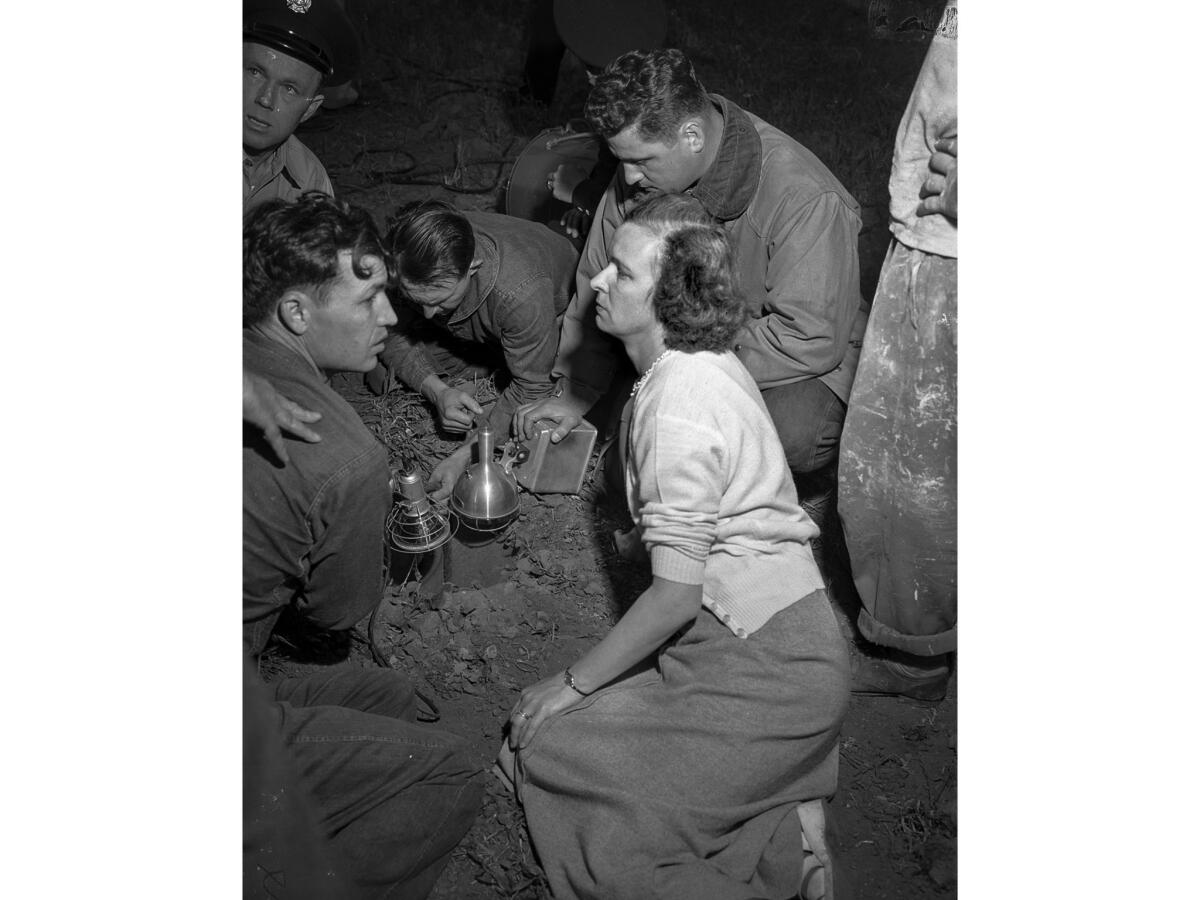
Within an hour, police and firemen had arrived and began summoning an array of equipment that would ultimately include bulldozers, well diggers and clamshell cranes. Volunteers showed up, too — laborers and engineers to dig, a circus thin man and a jockey to try to descend into the well. The Screen Actors Guild was asked to search its files for a midget who might attempt a rescue. Twentieth Century Fox donated a set of movie lights to illuminate the rescue scene.
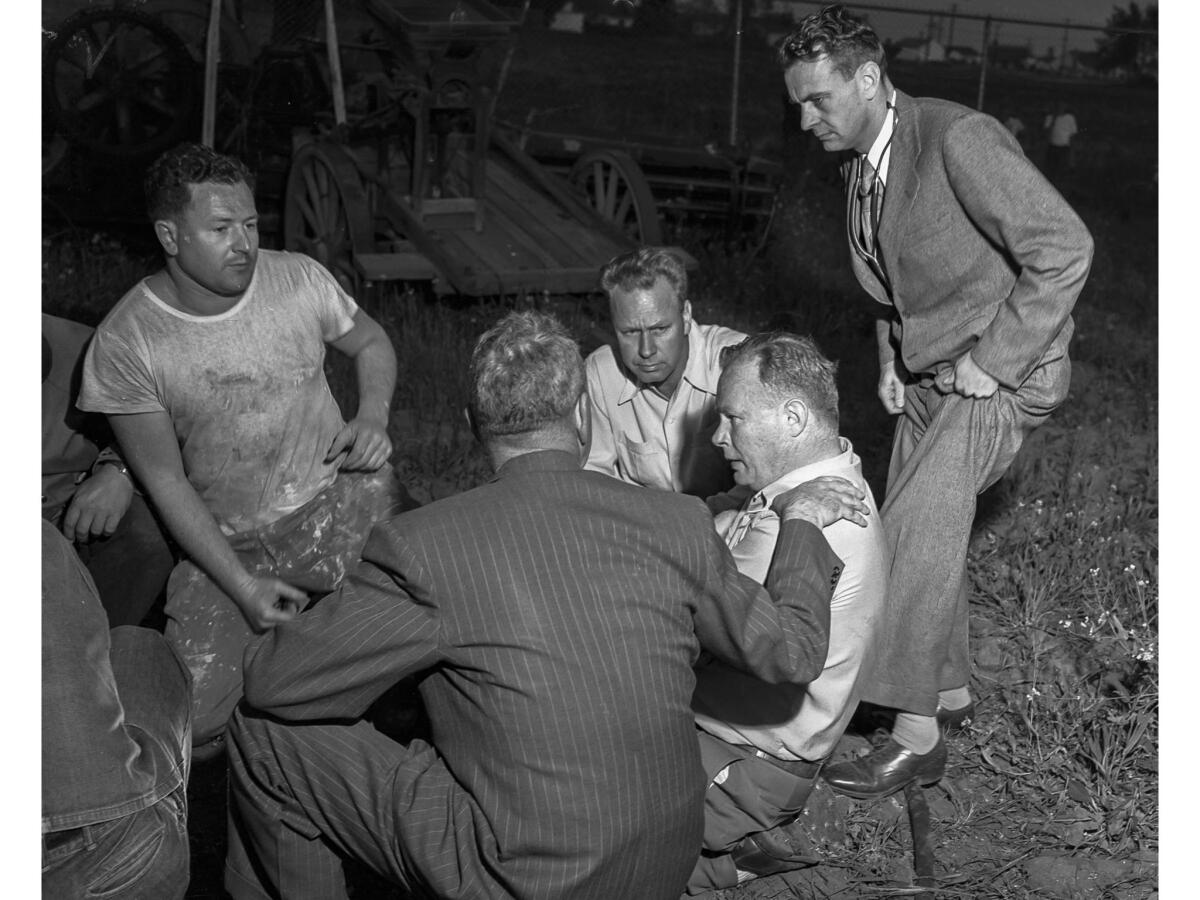
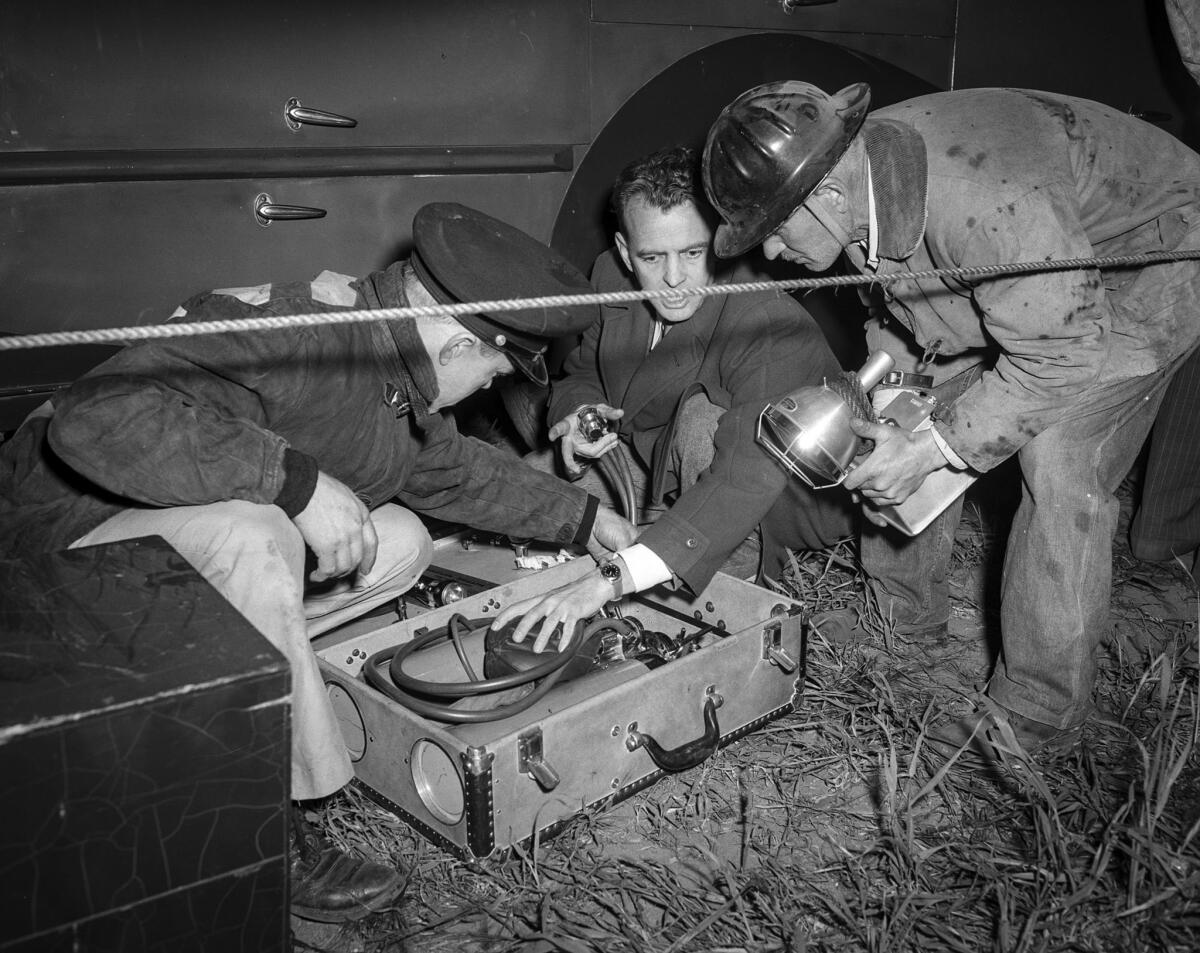
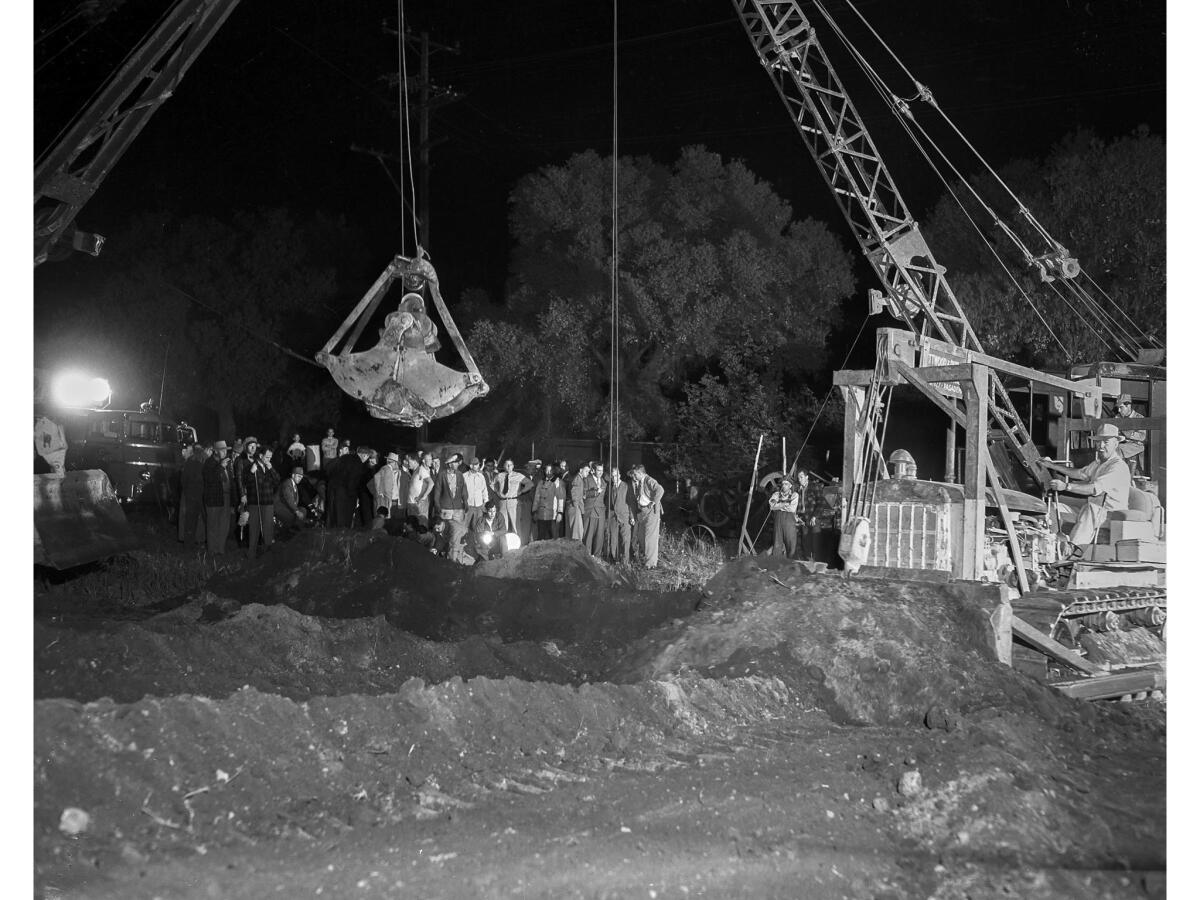
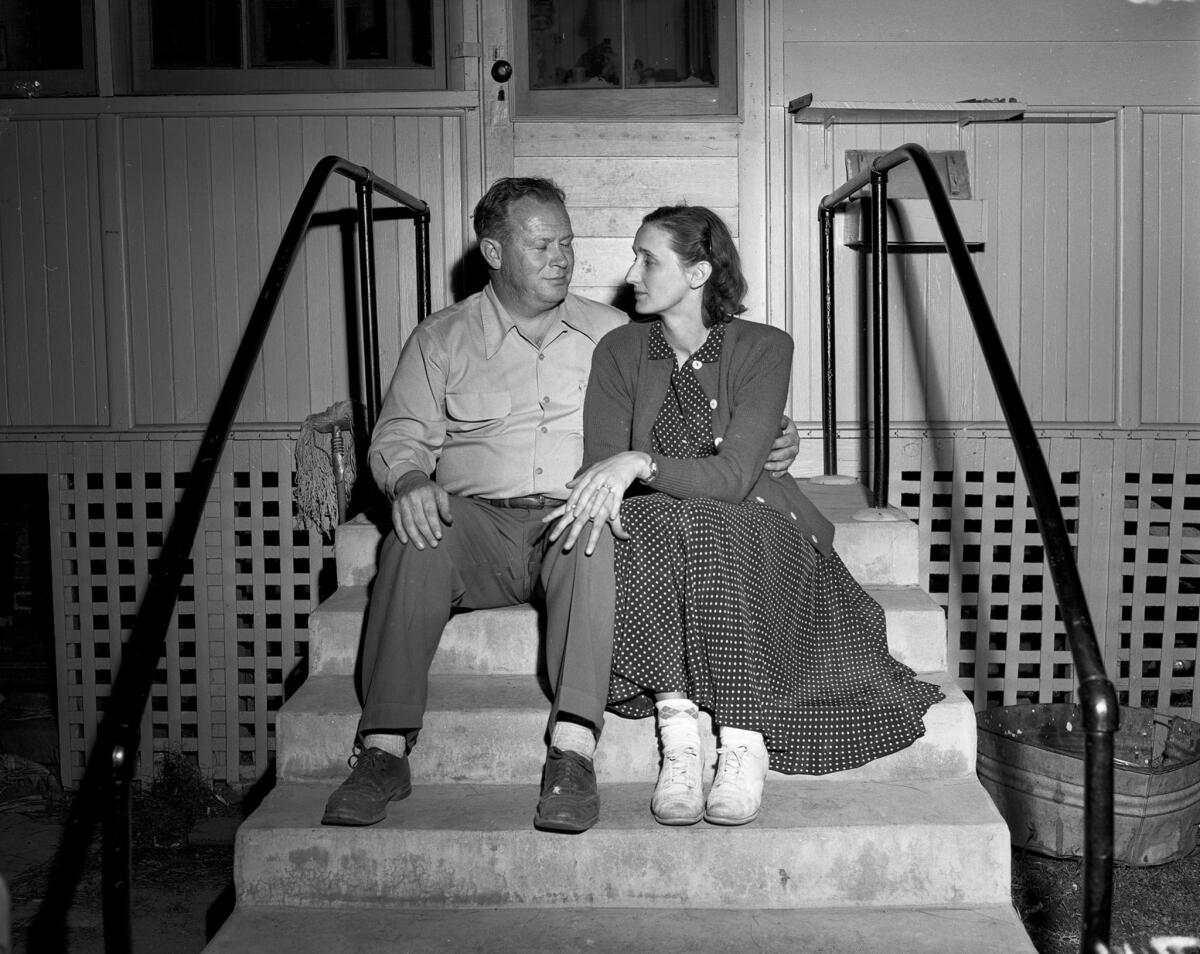
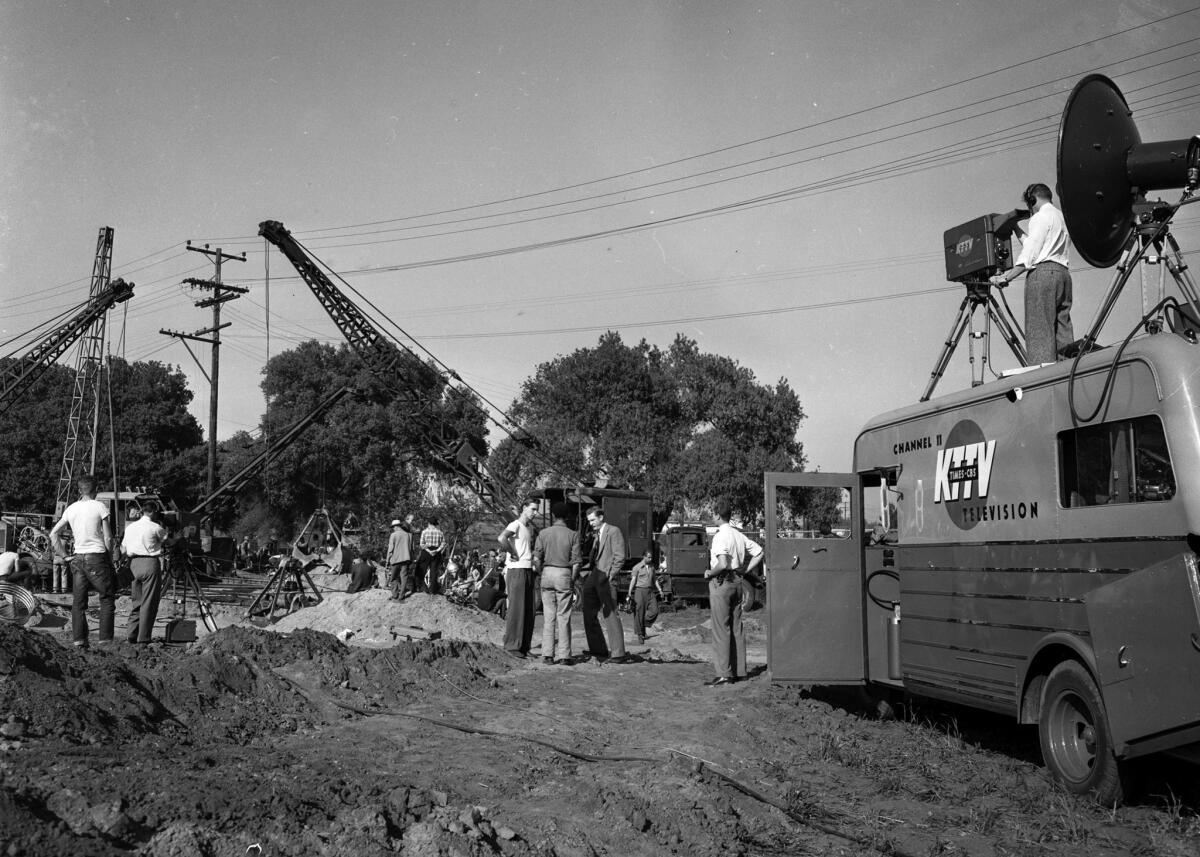
Soon, other, unfamiliar equipment and other men showed up too: the lumbering trucks bearing cumbersome live TV apparatus and reporters from local stations KTTV and KTLA.
Perhaps it was a good thing that so few people owned TV sets at the time, because the programming usually wasn't much to brag about: boxing, wrestling, roller derby, dramas that were televised stage plays.
Newscasts then were at most 15 minutes long, little more than radio with a face. And then came Kathy Fiscus’ ordeal, an event that helped to convert television from toy to tool. Of the 50-hour effort to rescue the child, 27 hours and 30 minutes were televised live by KTLA.
At the time, there were perhaps 20,000 TV sets in Los Angeles, many of them in bars so patrons could watch sporting events. As word spread that this race to rescue could be seen live, neighbors scanned the roof lines for antennas to see who among them might have a TV. Strangers crowded into hardware stores where sets were sold. A young reporter named Cecil Smith, who would become The Times' TV critic one day, was driving home at 2 a.m. when he saw a hundred people in front of a store window, watching the Fiscus rescue attempt on TV.
Such fascination with live TV news would become a regular feature of American life as viewers followed riots, high-speed chases and even low-speed chases on the small screen. And in 1987, the successful 58-hour rescue of "Baby Jessica," an 18-month-old Texas girl who fell down a water well, again enthralled the nation; a TV movie of the event was titled "Everybody's Baby."
In 1949, Kathy Fiscus was everybody's baby. Television helped to make an instant family of the nation. Even as rescuers were digging, calls offering advice and help flooded police stations, newspaper offices, radio and TV stations.
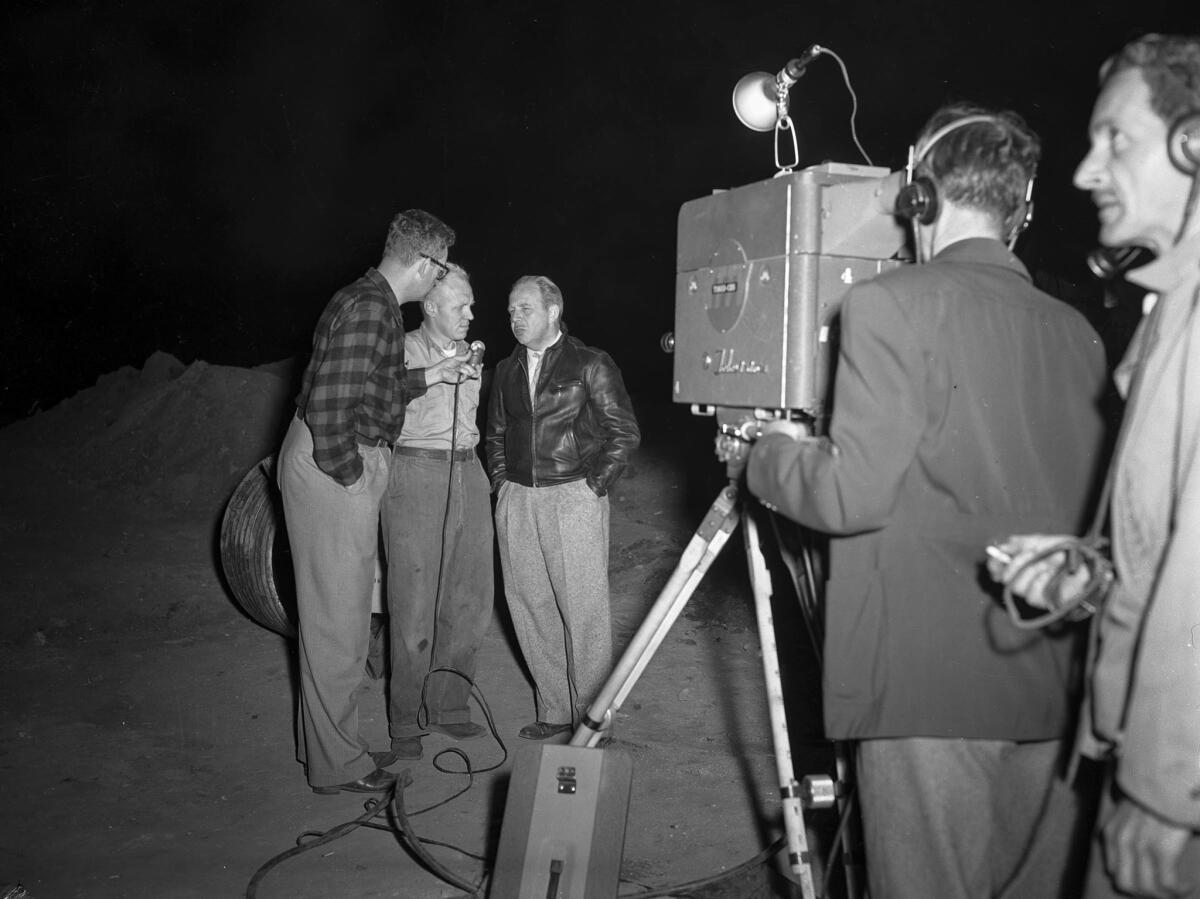
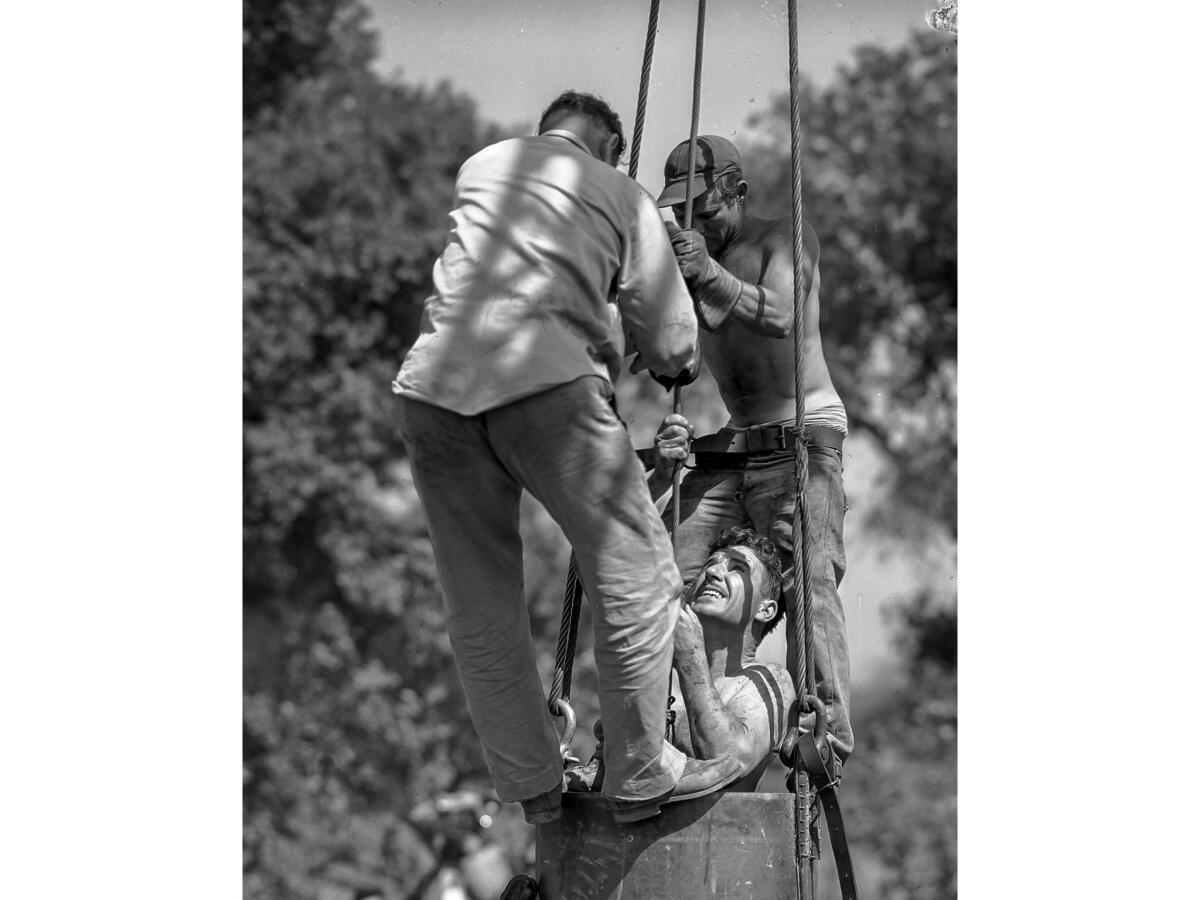
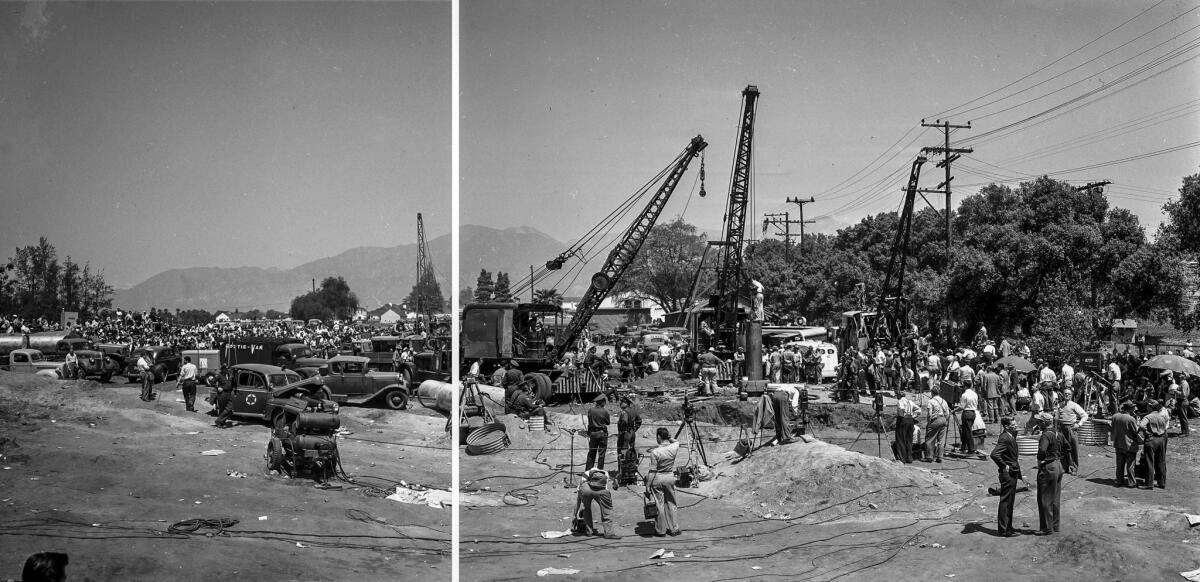
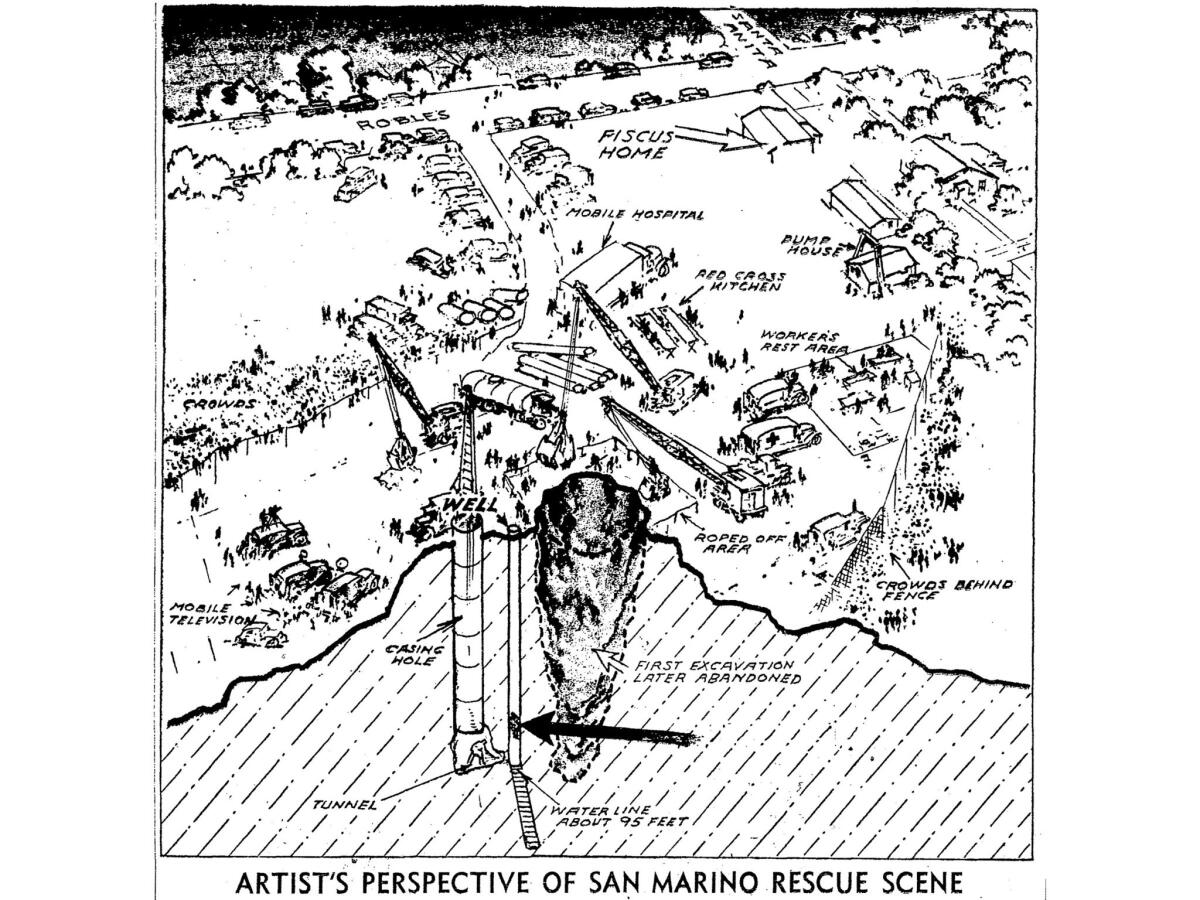
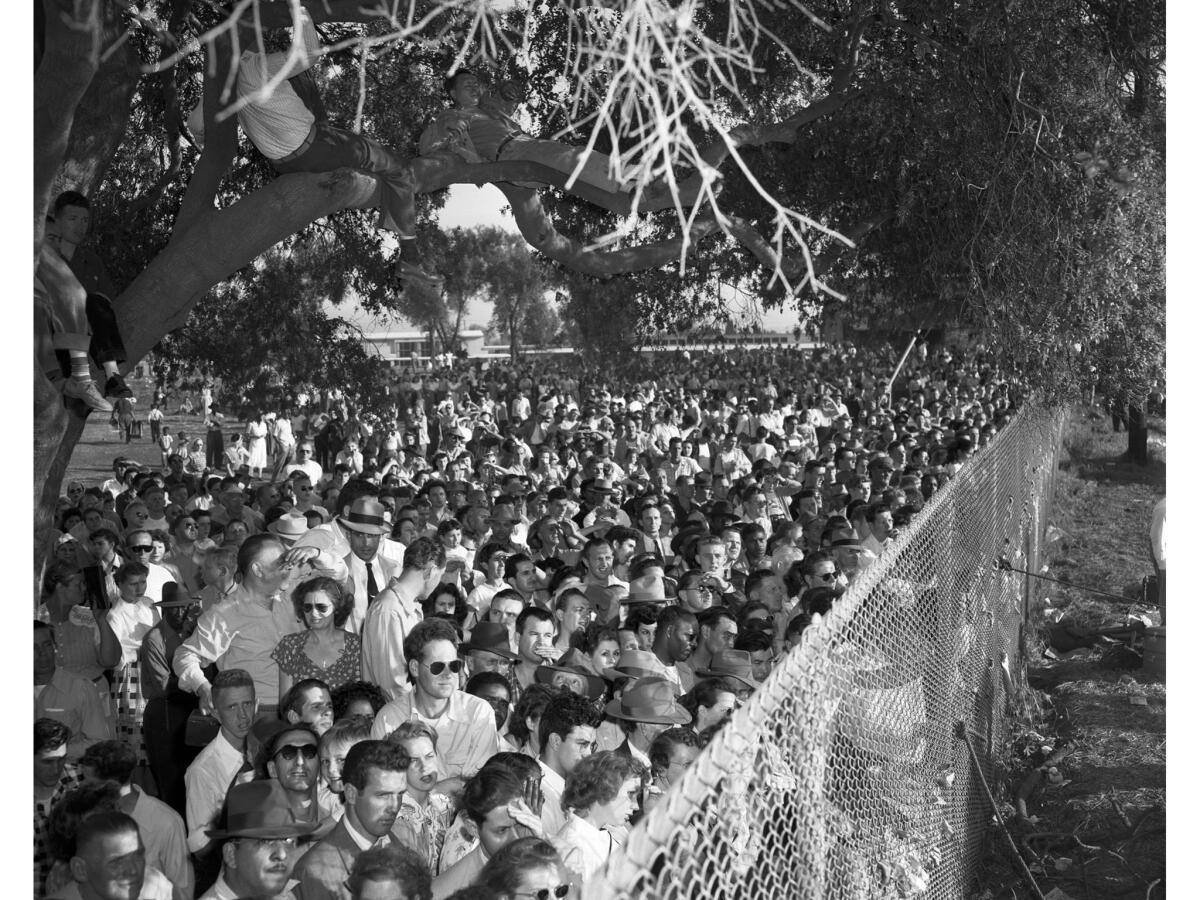
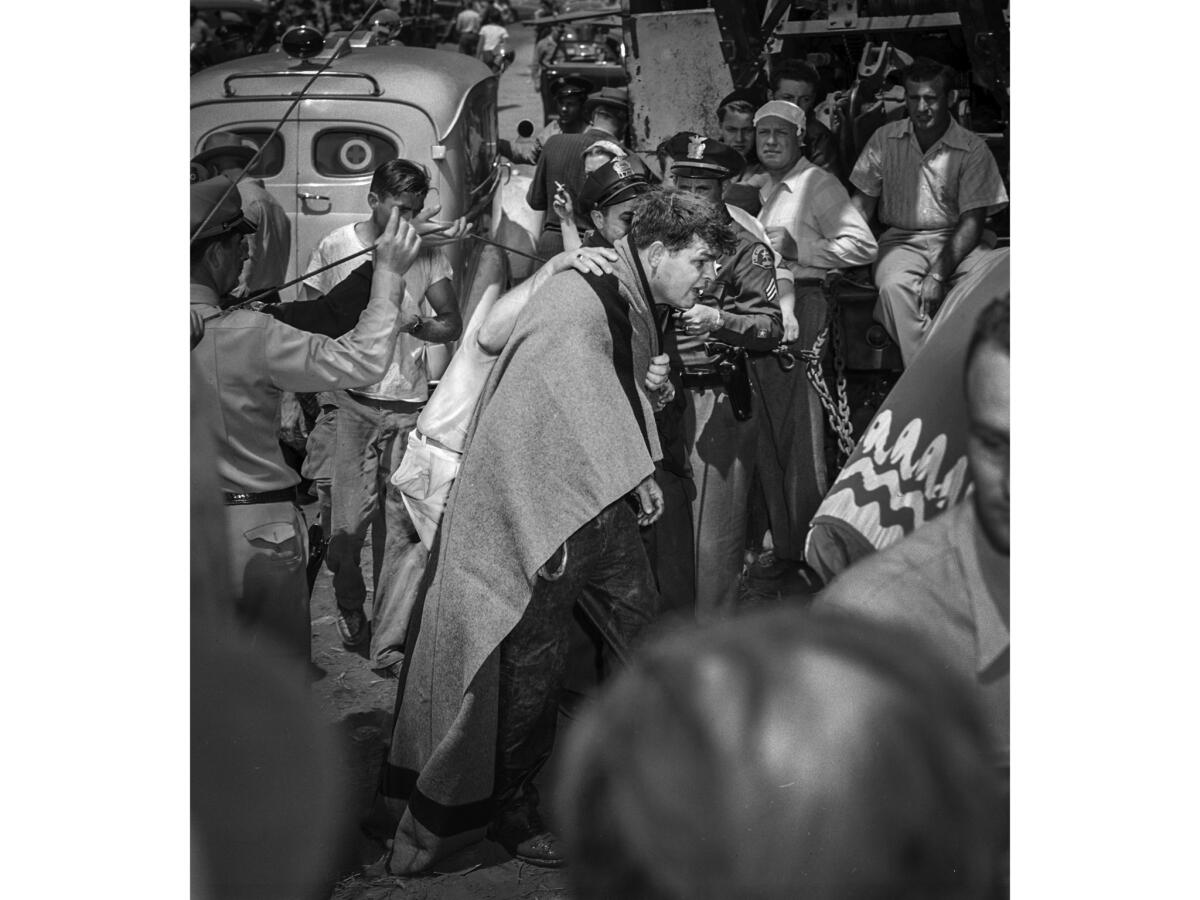

They brought Kathy out of the pipe on Palm Sunday. It fell to the doctor who had delivered her to announce to the world that she had died not long after she fell in.
On the day Kathy slipped down the well, her father, a water engineer, had been in Sacramento testifying about the urgent need to seal abandoned wells; his concern was oil pollution. Such laws were soon passed for safety reasons in California and other states and, in many cases, they were named the Kathy Fiscus Law.
Newspapers picked up the Fiscus story thereafter, recapping it meticulously and in great detail, tracking the fate of the rescuers who had toiled so long for a child they didn't know. Newspapers told of one rescuer who bought a TV set with some of the money the grateful public had sent; he donated the set to little girls in a Duarte tuberculosis sanitarium, and the girls named it "Kathy."…
The well lies beneath a sports field now. Residents have installed a bronze plaque nearby to commemorate the 1949 event. And the child's own grave marker bears the epitaph: "a little girl who brought the world together — for a moment."
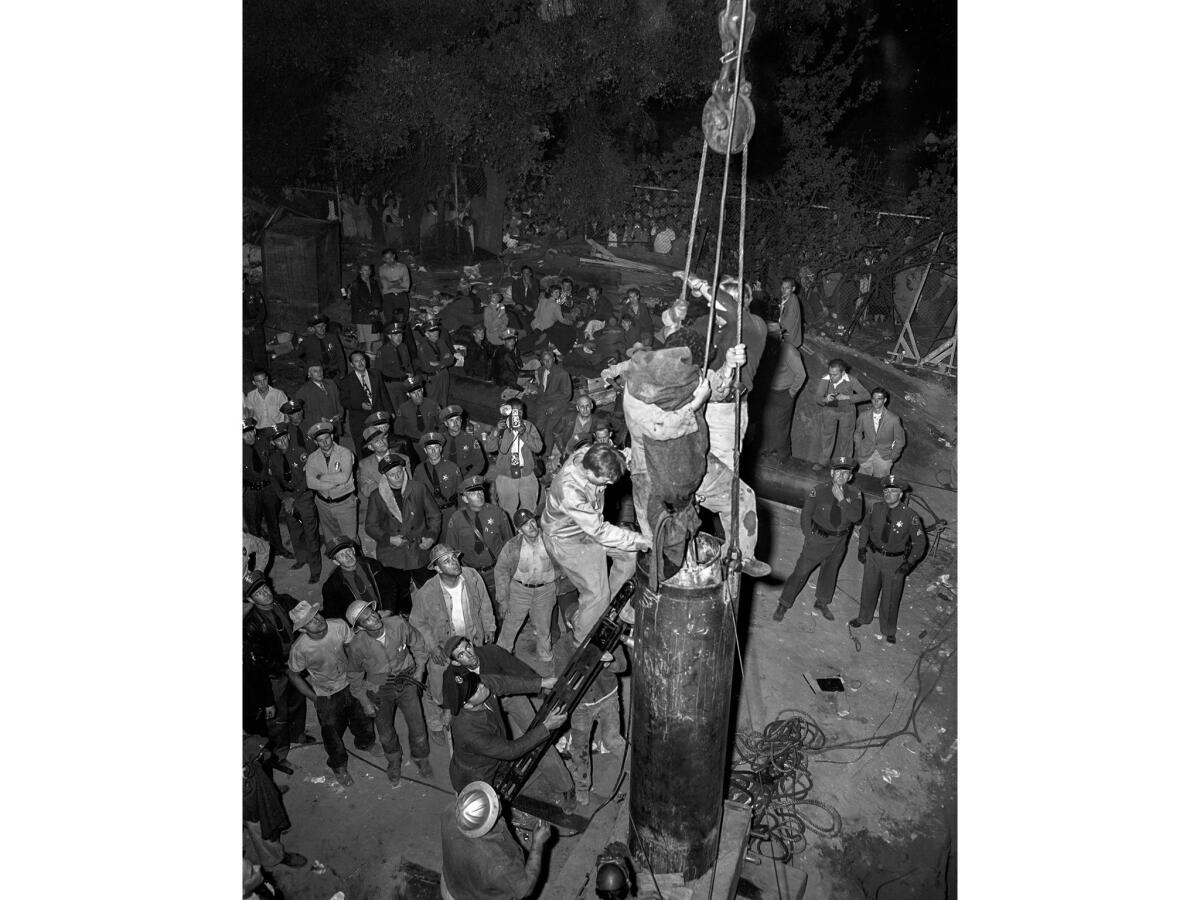
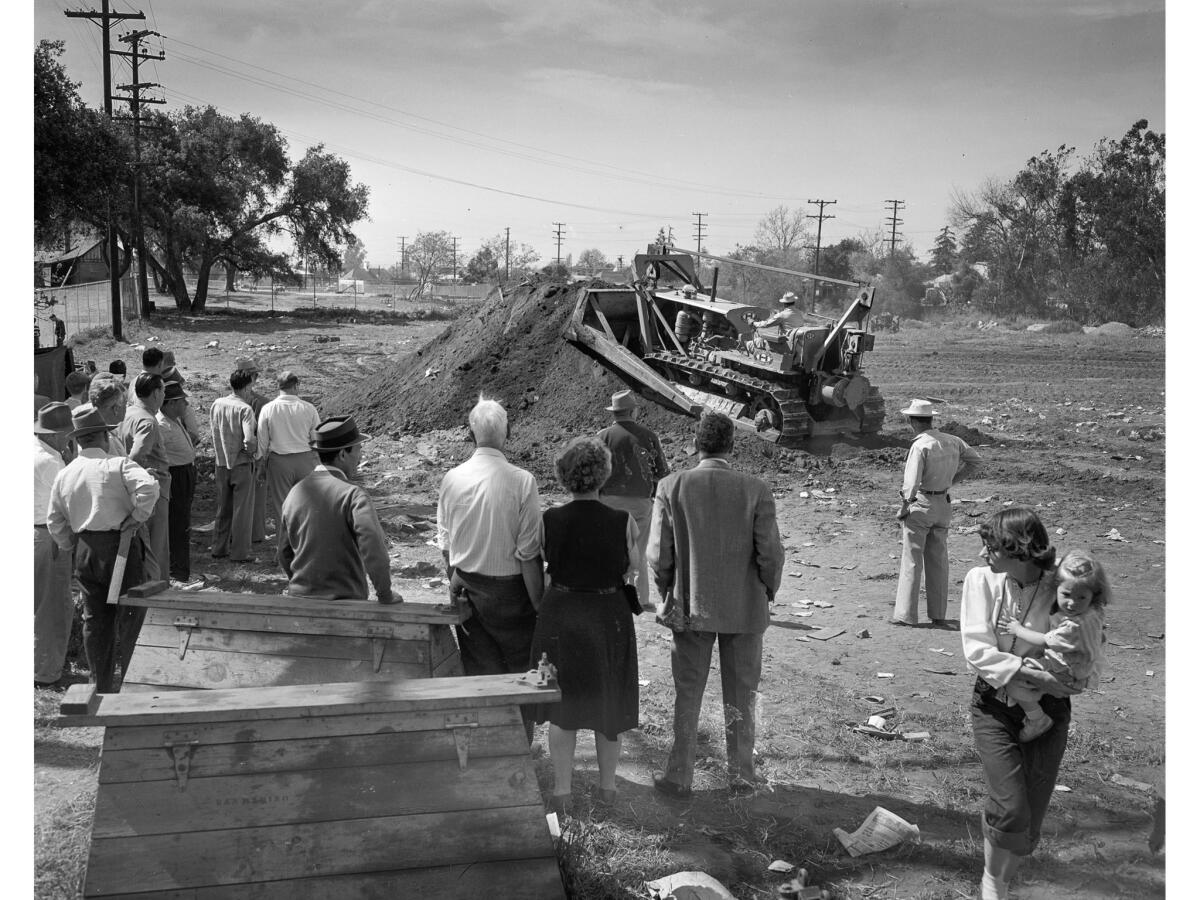
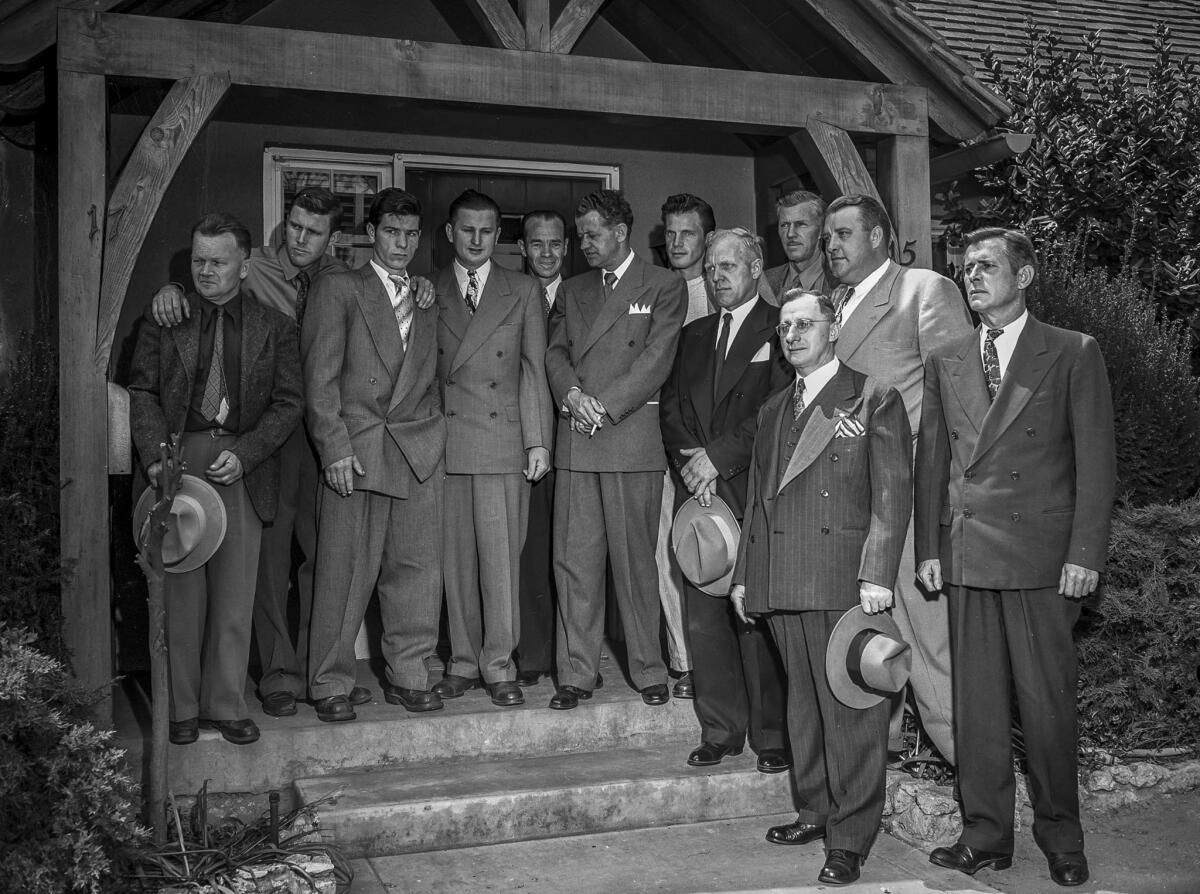
In the above photo, the rescue workers are, from left: Joel Ledder, Clyde Harp, Tommy Francis, John J. Ihnat, O.A. Kelley, Donald Metz, Don Newbold, H. E. (Whitey) Blickensderfer, Tom Southern (with mustache in rear of group), Ted Straser (with glasses in front), Ned Larsen (heavyset man in light suit), Paul Neiford.
These images were previously published in an Oct. 6, 2015, From the Archives photo gallery.